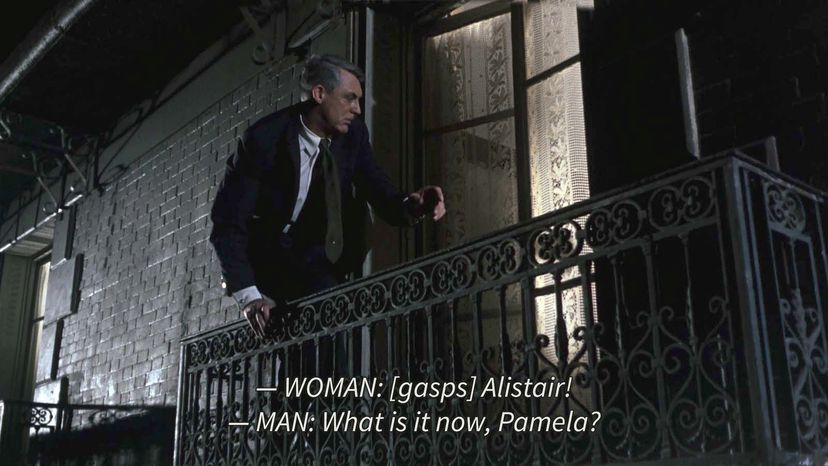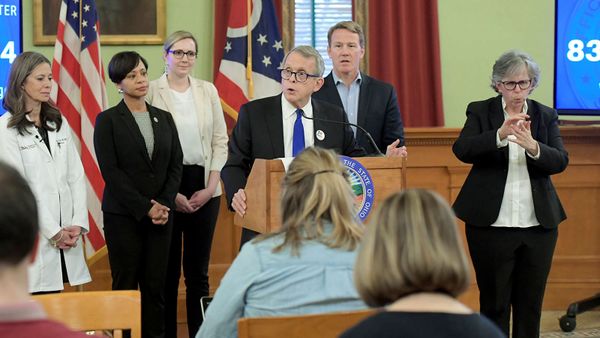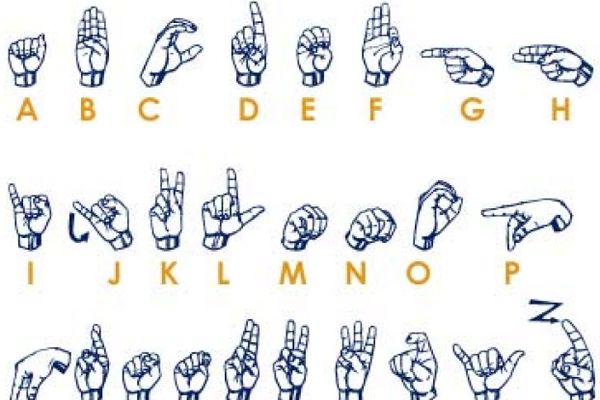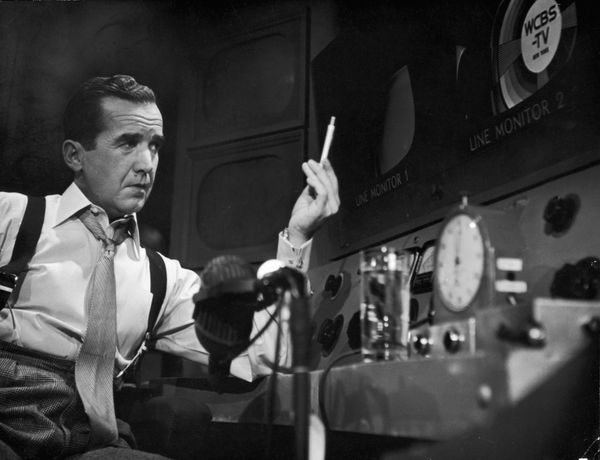
In 1972, regular viewers of Julia Child's cooking program, "The French Chef," watched for the first time as a series of sentences scrolled across the bottom of their television screens. Just as words like "I think every woman should have a blowtorch" rolled off Child's lips, the same words appeared as text to every wannabe Julia watching her program.
This was the first TV program to air with closed captions appearing automatically on the television screen. Like those on "The French Chef," closed captions were some of the earliest efforts to bring the joy of television to hearing-impaired audiences.
Advertisement
Today, there are two ways that viewers can read what's going on in their favorite videos: subtitles and closed captions. Though the terms are used interchangeably, there is a notable difference between the two. Once you understand the distinction, you'll be able to spot it every time.


